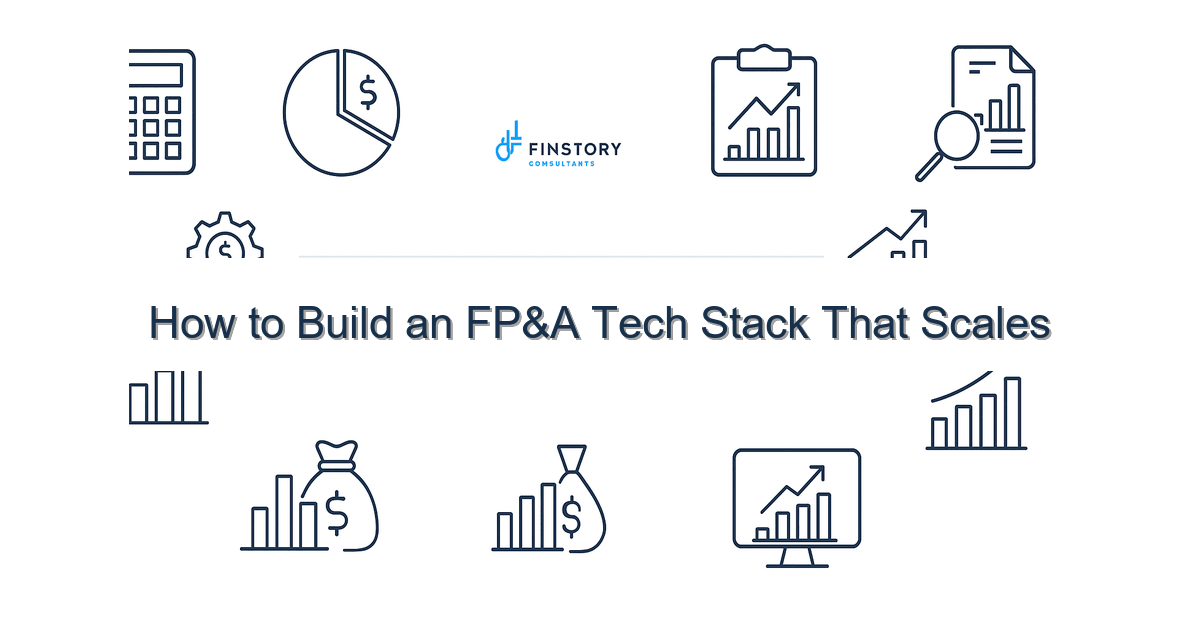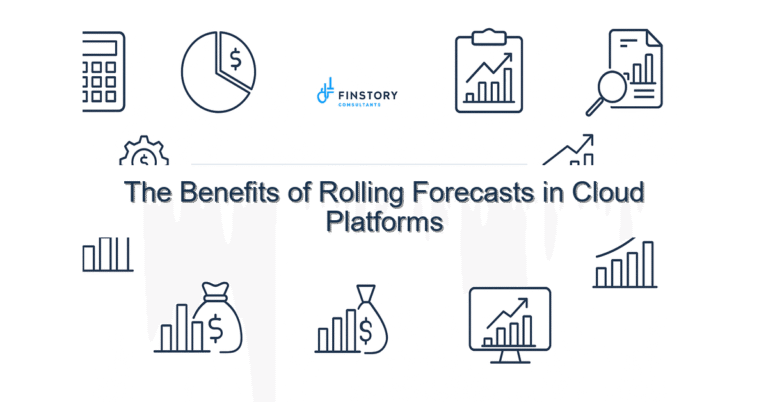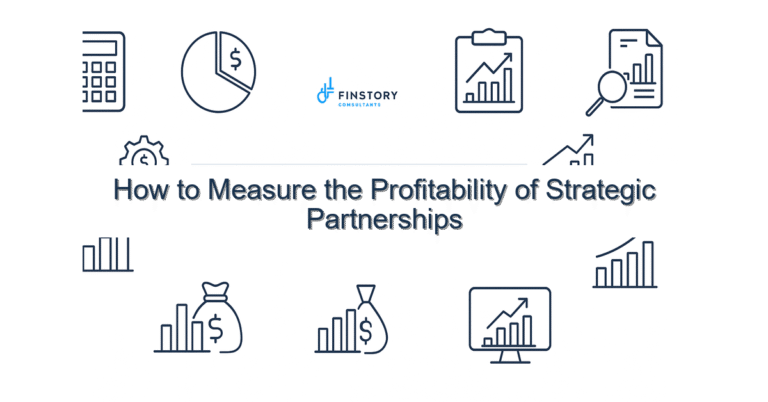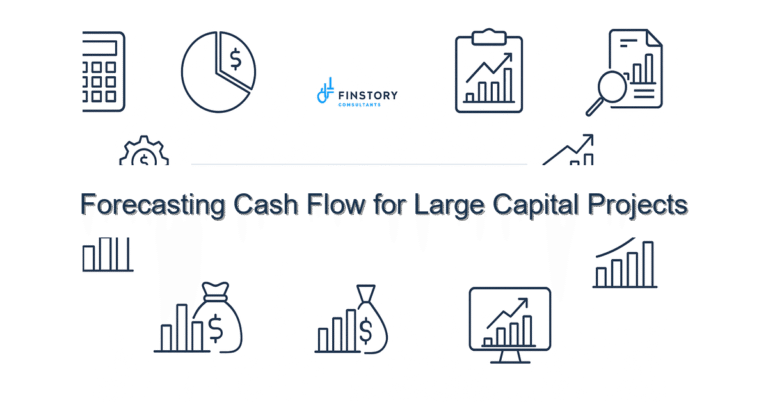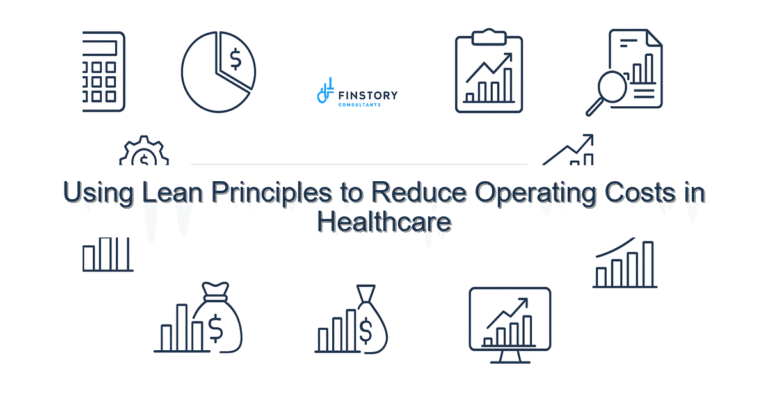How to Build an FP&A Tech Stack That Scales
You’re balancing patient care priorities, shrinking margins, and a backlog of month-end requests. You know the numbers matter, but your current FP&A tech stack feels like duct tape on a broken pipeline — fragile, slow, and stressful.
Summary: Build a scalable FP&A tech stack that standardizes data, automates manual processes, and delivers timely leadership reporting. The decision: focus on outcomes first, centralize your data, automate what drains time, and give leaders self-service insights that are accurate and auditable.
What’s the real problem? (FP&A tech stack challenges)
In healthcare, finance and operations live in a data-rich but fragmented world: EHRs, billing systems, HR, supply chain, and multiple ERPs. That fragmentation turns FP&A into an exercise in reconciling spreadsheets rather than informing strategy.
- Symptom: Forecasts take too long and still miss key drivers—volume, payer mix, or staffing intensity.
- Symptom: Multiple versions of the truth — dashboards disagree, leadership distrusts reports.
- Symptom: Teams spend 60–80% of their time on data prep and consolidations instead of analysis.
- Symptom: Ad hoc requests swamp FP&A, slowing decision cycles and burning out staff.
What leaders get wrong — FP&A tech stack pitfalls
Leaders want faster answers, so they buy point tools or commission dashboards. That’s reasonable — until tools aren’t connected, metrics aren’t standardized, and the same manual work persists under a fresh coat of paint.
- Buying before defining outcomes: technology alone won’t improve decisions if you haven’t defined the metrics and processes it must serve.
- Over-customizing early: deeply customized solutions are fragile and expensive to maintain.
- Skipping governance and data model work: without a central chart of accounts and definitions, dashboards will always fight.
- Under-investing in change management: the best stack fails if teams don’t trust it or know how to use it.
A better approach — 4-step framework for a scalable FP&A tech stack
Think of your FP&A tech stack as a service that delivers clear, timely answers to leaders. Build it in four pragmatic steps:
- Clarify outcomes and metrics. List the 6–10 decisions leadership needs weekly and the metrics that drive them (e.g., net revenue per adjusted discharge, FTE per case mix index).
- Centralize and model data. Create a single source of truth: centralized chart of accounts and an enterprise data warehouse or data mart that pulls from EHR, billing, HR, and your ERP.
- Automate and standardize processes. Use finance automation to remove manual consolidations and build repeatable ETL pipelines. Automate one high-friction process (payor mix reconciliation, staffing cost allocation) first.
- Deliver analytics and self-service reporting. Layer Power BI or a similar BI tool for leadership reporting and operational dashboards with secure, self-service capabilities.
Short story: A regional health system we worked with followed these steps. By centralizing their data model and automating reconciliations, they cut the monthly close from 12 days to 4 and shifted two FTEs from data prep to scenario modeling.
Quick implementation checklist
- Inventory existing systems and list every source of finance/operational truth.
- Define the top 8 leadership decisions and the KPIs that inform them.
- Create a one-page canonical data dictionary for revenue, costs, and volume metrics.
- Stand up a lightweight data pipeline (ETL) to consolidate two high-value sources this week.
- Pick one painful manual task to automate (e.g., month-end revenue recs) and map its workflow.
- Build a single Power BI leadership dashboard prototype and validate with two stakeholders.
- Document roles and ownership for data governance; schedule a 30-minute kickoff with stakeholders.
- Plan a 4-week pilot and define success criteria (time saved, accuracy, stakeholder satisfaction).
What success looks like
When your FP&A tech stack scales, the outcomes are tangible and measurable:
- Forecast accuracy improves (target: reduce variance by 20–40% on key metrics).
- FP&A cycle time shrinks (monthly close or forecast cycle cut by 50–70%).
- Time spent on data prep drops (goal: free up 40–60% of analyst time for insights).
- Leadership reporting delivers decisions faster (reduced decision latency from days to hours).
- Clear ROI on tooling and automation within 6–12 months from reduced agency spend and faster decisions.
Risks & how to manage them
Every transformation carries risk. Here are the top three—and practical mitigations:
- Risk: Poor data quality. Mitigation: start with source-system validation rules and a prioritized data-cleanse for the metrics that matter.
- Risk: Change resistance. Mitigation: involve end users early, show quick wins, and build training into rollout plans.
- Risk: Vendor or architecture lock-in. Mitigation: adopt modular architecture (ETL + data warehouse + BI + planning tool) and require APIs and exportable models.
Tools & data
A modern, scalable FP&A tech stack combines four layers:
- Source systems: EHR, billing, HRIS, ERP — define which fields feed finance.
- Data platform: cloud data warehouse or mart that consolidates normalized data for finance.
- Finance automation & planning: FP&A platforms and automation tools that handle allocations, driver-based forecasting, and scenario modeling.
- BI & leadership reporting: Power BI (or similar) for interactive dashboards, distribution, and secure self-service reporting.
Integrations matter more than brand names. Focus on an architecture that supports reliable ETL, auditable finance automation, and leadership reporting that senior teams will use.
FAQs
How long does it take to stand up a scalable FP&A tech stack?
A meaningful pilot (one consolidated data pipeline + dashboard) can take 6–12 weeks. A full program to standardize data and migrate planning typically runs 4–9 months, depending on scope.
Do we need a data warehouse?
Yes, a centralized data store prevents repeated reconciliations and enables consistent KPIs. For smaller systems, a lean data mart focused on finance metrics can be sufficient.
What budget should we expect?
Budget varies widely. Expect a mix of one-time implementation costs (data modeling, ETL, integration) and ongoing licensing. The goal is to accelerate ROI by reducing manual effort and improving decisions.
Can small hospitals benefit?
Absolutely. Even small systems see outsized gains from automating one or two manual processes and consolidating revenue and staffing data for clearer forecasts.
Next steps
If you want to move from spreadsheet chaos to a scalable FP&A tech stack for healthcare, start by defining the decisions you need to improve and piloting a single, high-value workflow. That pilot proves the approach and builds trust for broader adoption.
Finstory’s financial modeling, our automation playbooks, and healthcare forecasting guides are designed to help teams move from pilot to enterprise scale.
Work with Finstory. If you want this done right—tailored to your operations—we’ll map the process, stand up the dashboards, and train your team. Let’s talk about your goals.
Contact Finstory to design and implement an FP&A tech stack that scales—so your team spends less time reconciling and more time steering performance.
📞 Ready to take the next step?
Book a 20-min call with our experts and see how we can help your team move faster.
Prefer email or phone? Write to info@finstory.net
or call +91 44-45811170.
